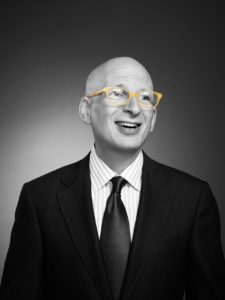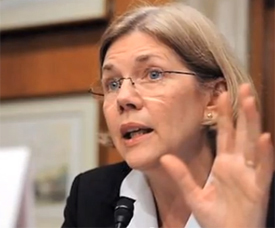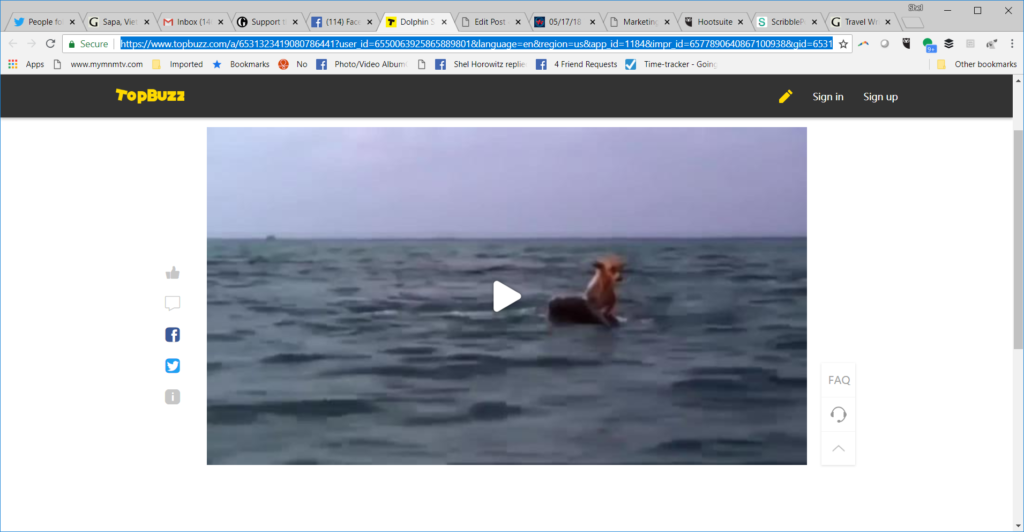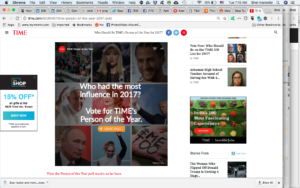Surprise! I Don’t Watch TV, and I Don’t Miss It

Remember some of those unflattering names for TV in the 1960s and 70s? “Boob tube.” Idiot box.” I think these names are rooted in the neurological changes TV works on our brains, combined with the inherently passive nature of watching–AND with the low content quality that too often marks this powerful and addictive medium.
TV too often incites violence and racism. And I don’t choose to play in that sandbox. For every Mr. Rogers or Sesame Street inculcating positive values, for every National Geographic or Discovery Channel special that broadens our sense of what is possible, there are dozens of shoot-em-up adventure shows and newscasts to focus our attention on the worst parts of our society. And it’s all tied together with ads designed to make us feel inadequate because we don’t buy certain brands. As Mick Jagger sang, “He can’t be a man ’cause he doesn’t smoke/the same cigarettes as me.“
The original promise of cable TV was no ads in return for the monthly payment (1970s). But that original promise didn’t last very long! I grew up in NYC, which had seven stations on the VHF band, plus what must have been another 20 on UHF for those who had sets that could pull them in. Moving to places that had only two or three channels on the broadcast spectrum, I could see the appeal, at least for those who love TV.
TV is not an active part of my life.
We moved when I was 10 and left the big clunky ancient black-and-white TV behind. We didn’t get another one for two years–just in time to watch All In The Family. That was pretty much the only show I watched through high school. Through much of my early adult life, we didn’t even own a TV.
And when we got one, it was mostly as a video monitor, with some PBS kid shows on the side. We thought it was healthier to let our kids watch up to an hour a day of content-supervised TV than to ban it altogether and have it become alluring forbidden fruit.
A few years ago, when regular old broadcast TV was discontinued, our cable company gave us a converter box free for the first two years. We never even got it to work properly, and when the two years were up, we returned the box and eventually convinced them that we shouldn’t be paying the $10 month for a service we weren’t using. They acted deeply shocked but eventually lowered our bill. They supply both our landline phone and our broadband Internet.
A few times a year, we go to a friend’s house or a public place to watch a presidential debate, World Series game, or other special broadcast. I think TV news is the worst kind of mind pollution and get my news from other sources–that’s been true for decades, even when I had a working set. I still read my local daily newspaper, which has great coverage of my own region and at least some coverage of the wider world. I read a ton of e-newsletters that keep me informed within my various niches, and click to interesting links on social media (which has its own positives and negatives)–yes, including some TV clips. I’ll listen to radio news and public affairs programs such as All Things Considered (NPR) and Democracy Now (Pacifica). And yes, I spend some time daily on social media.
In fact, I deeply resent being forced to watch TV news with all its shallowness and violence when I ride elevators, wait for planes or buses or trains, or use a hotel fitness room. If there’s a great skit on Saturday Night Live or a new Randy Rainbow parody, or shocking testimony implicating high government officials, I will hear about it on Facebook and watch online. I worry about the people who spend so much time watching violence disguised as news, especially if they do it right before bed, leaving the whole night for the subconscious to absorb the message that this is normal.
It’s not.
There’s plenty of good in the world. People doing amazing things: harnessing technology to solve problems like hunger, poverty, war, and catastrophic climate change…finding new ways to empower others…joining with neighbors or colleagues to do something too big for any one person or company–but the media is trained to focus on what’s wrong: “If it bleeds, it leads.” There are some nice exceptions, like Yes Magazine, Positive News, and Good News Network (among many others), that consciously focus on positive news–and even some mainstream outlets join this happy chorus. Also, because I’m in the green business world, I read publications like GreenBiz, Eco-Business, and Triple Pundit that are tremendously tilted toward highlighting positive innovation but don’t shy away from negative stories that need to be told.
While I don’t duck from the unpleasant things happening, I don’t steep myself in them. I surround myself with enough positive news (through those and many other channels) to insulate me from the bad effects of soaking in negativtiy. I recommend doing that as much as possible.
What strategies do YOU use to stay focused on the change you can make rather than letting the problems paralyze you? I’d love to see your comments, below.











